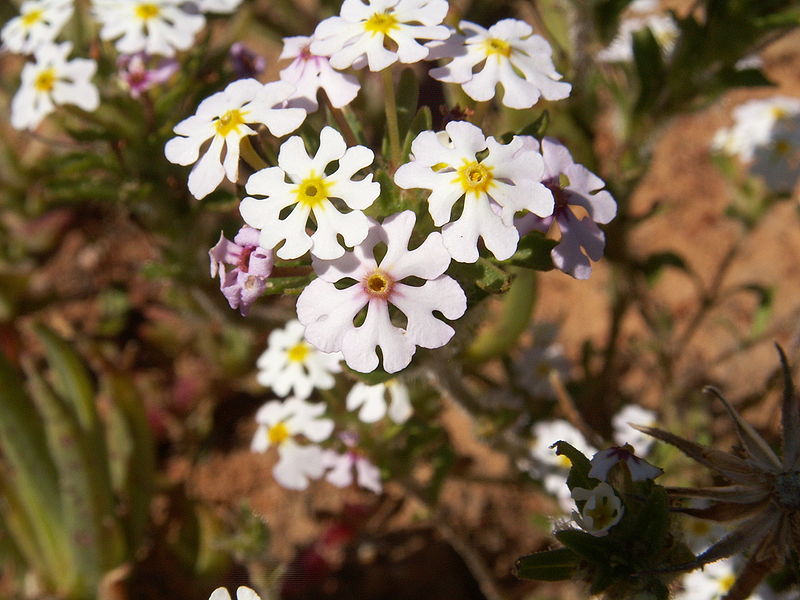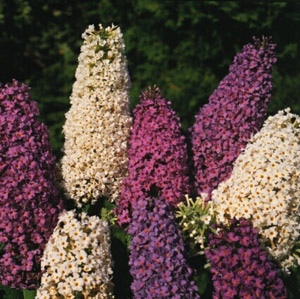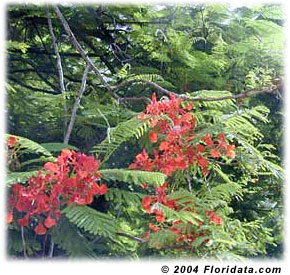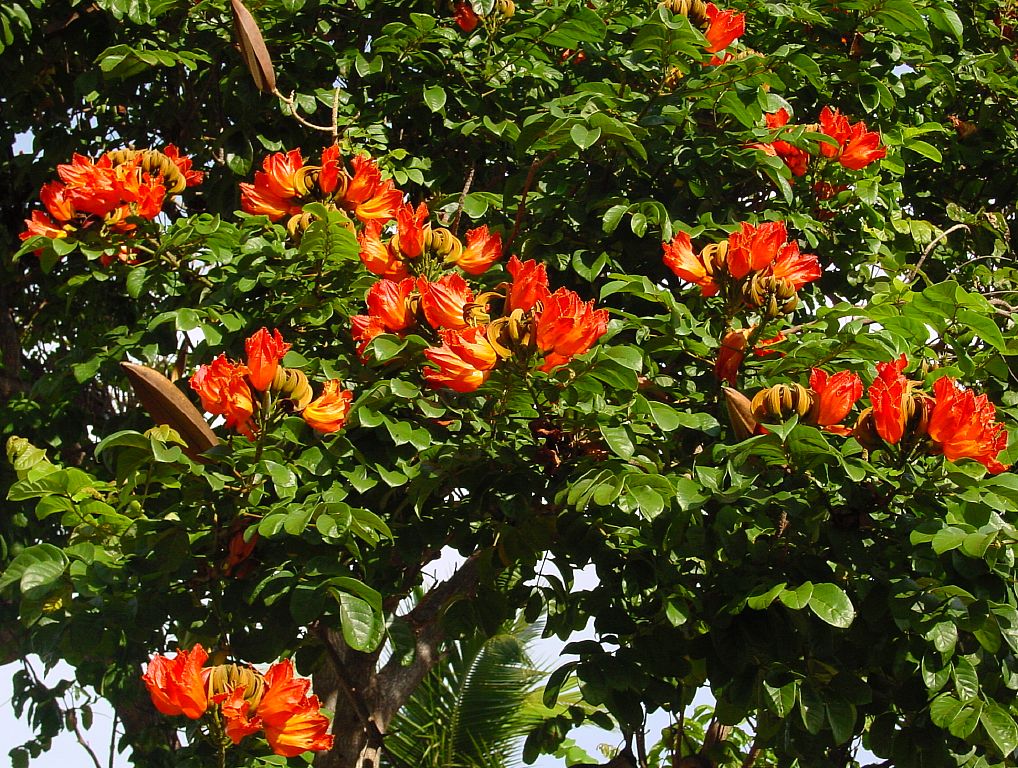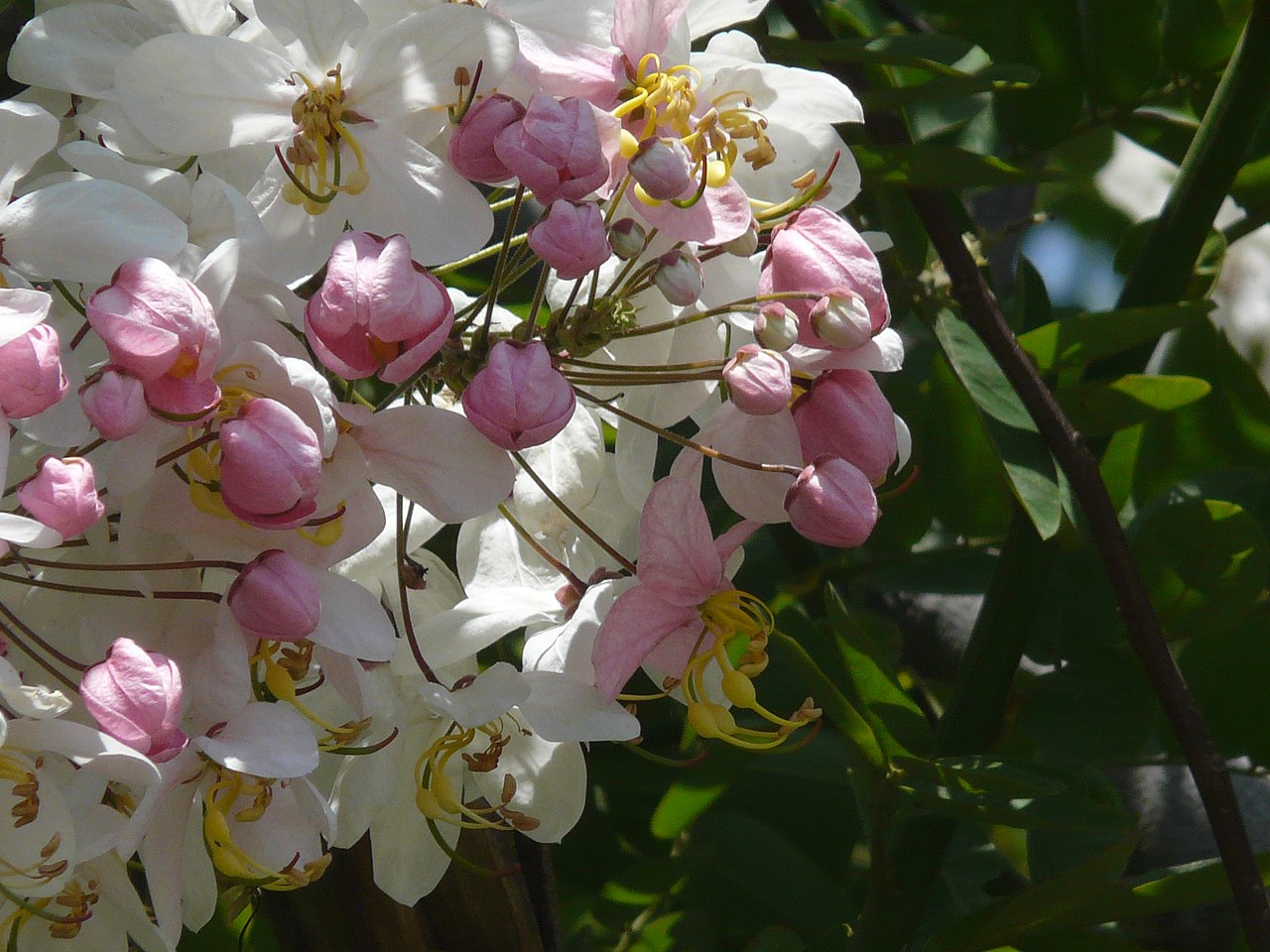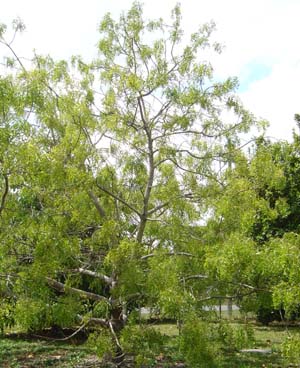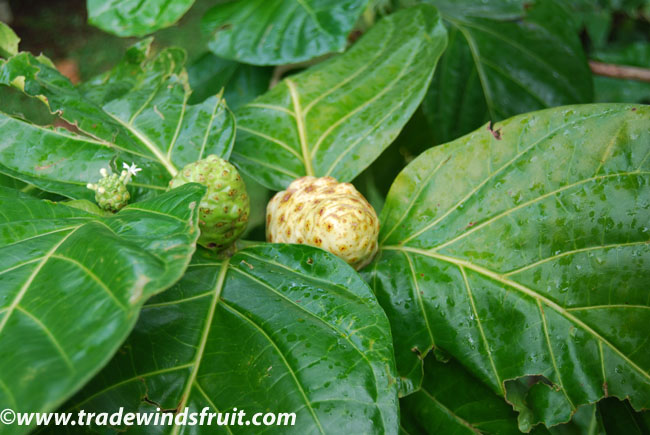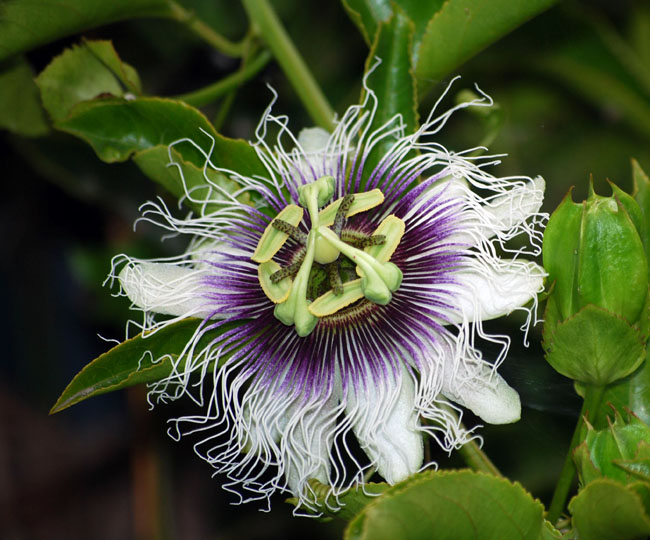User Tools
Sidebar
Table of Contents
Flowers & Trees
Flowers
IM083 Midnight Candy
With the setting sun the 'night phlox' opens up filling the garden, patio or conservatory with a delicious and powerful fragrance that gives the air, particularly on a warm evening, a tropical aroma. Easy to grow, sow this Zaluzianskya a little in many places, where you walk or sit in the garden. A wonderful annual plant growing 24“ tall and blooming in 12 weeks from seed.
BM01 Night Blooming Jasmine
One of the most fragrant plants and versatile plants we have ever found. An upright container plant from the West Indies with greenish white flowers that emit a romantic and intoxicating fragrance at night ( fragrance is stronger in late evening, but still delightful during the day ).
Prune hard after flowering to maintain size. You will have to trim it back after it flowers and upgrade the pot size a few times while it is growing. They should not be grown in pots forever, but new plants can be started easily from cuttings if the plant gets too big and old. As is true with many plants, some parts of the plant are poisonous.
3353 Fragrant Butterfly Bush
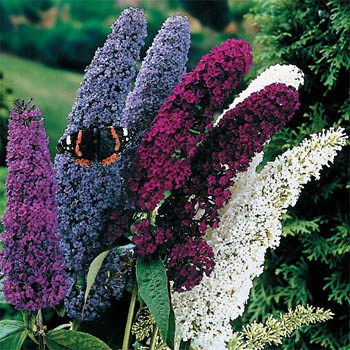 ( Buddleia Davidii )
Fragrant, shades of pink, purple, white, first year flowers in summer, the cornerstone of a butterfly garden. Perennial to zone 5. Grows about 4 feet tall.
( Buddleia Davidii )
Fragrant, shades of pink, purple, white, first year flowers in summer, the cornerstone of a butterfly garden. Perennial to zone 5. Grows about 4 feet tall.
Want a guaranteed butterfly and hummingbird magnet? Or, one of the most fragrant of shrubs? Plant a buddleia (butterfly bush).
This fast-growing, deciduous shrub with long, arching shoots will reach heights of 6 to 8 feet. Although the green leaves add a welcome bit of color to any landscape, it is the masses of blossoms-long, seductively spiked trusses-that are special. From summer to autumn, the butterfly bush bears dense panicles, 12 inches or more long, that fill the air with a fruity scent.
TRM887 Butterfly Hybrids
This mix includes shrubs that will produce blooms in shades of pink, purple, and white that will flower the first year from seed.
If left unpruned shrubs can reach 7-10 feet and will produce long honey-scented blooms that resemble lilacs throughout summer.
Attractive to butterflies and hummingbirds, this easy to grow variety is hardy to zone 5 and thrives in average soil and full sun. Can be pruned in early spring to maintain a smaller size or left to grow to full height for the landscape or larger gardens.
Flowering Trees
D2980 Flame of the Forest
It is called the tropics most glorious flowering tree. The flowers are vivid scarlet and borne copiously all over the shallow, domed crown.
IP152 African Tulip Tree
This is a large upright tree with glossy deep green pinnate leaves and glorious orange scarlet flowers. It may grow to 80 ft on an ideal site, but most specimens are much smaller. The tree has a stout, tapering, somewhat buttressed trunk covered in warty light gray bark. The lateral branches are short and thick. The 1-2 feet long opposite leaves, which emerge a bronzy color, are massed at the ends of the branches. They are composed of 5-19 deeply veined oval leaflets.
The horn shaped velvety olive buds appear in upturned whorls at the branch tips. A few at a time, the buds of the lowest tier bend outward and open into big crinkled red orange tuliplike bells with red streaked gold throats, frilly yellow edges, and four brown-anthered stamens in the center. They are followed by 5-10 inch green brown fingerlike pods pointing upwards and outwards above the foliage. Each of these pods contains about 500 tissue papery seeds. The tree flowers in spurts all through the growing season, but peak bloom is usually in the spring. This species loves rich soil, but puts up with just about anything with a little fertility to it, including limerock. It is not a beachfront plant, but will survive a bit of salinity.
Light: African tuliptree will survive in shade, but demands full sun for fast growth and best flowering.
Moisture: These trees grow best with plenty of moisture, but will shed their leaves and endure drought.
The smooth gray bark provides a beautiful background for the brilliant red flowers of the African tuliptree. Usage African tuliptrees are grown for shade, color and tropical effects. The wood is difficult to burn, so the tree is also valuable for fire resistant landscaping. The wood has been used for blacksmith's bellows and the like. The buds contain a liquid that will squirt out if they are squeezed or pierced and children enjoy using these as water pistols. They also enjoy playing with the boatlike open seed pods.
Features This is one of the world's most spectacular flowering trees. It is also very fast growing. Young trees may put on 6 feet in height and 2 inches in diameter per year and often begin blooming when they are only a few years old.
3324 Cape Lilac
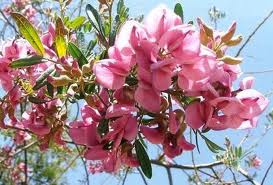 ( Virgilia oroboides )
A beautiful tree from South Africa, suitable for both the domestic garden and big landscapes. It is fast growing, beautiful in flower and has an attractive growth form. The flowers are rich in nectar and attract many insects and birds.
( Virgilia oroboides )
A beautiful tree from South Africa, suitable for both the domestic garden and big landscapes. It is fast growing, beautiful in flower and has an attractive growth form. The flowers are rich in nectar and attract many insects and birds.
Cape Lilac has beautiful, sweetly scented, pea-shaped flowers in dense terminal sprays about 4 inches long. The flowers are produced in profusion in spring, flowers are pale pink or pinky-white to white.
HM143 Ylang Ylang Tree
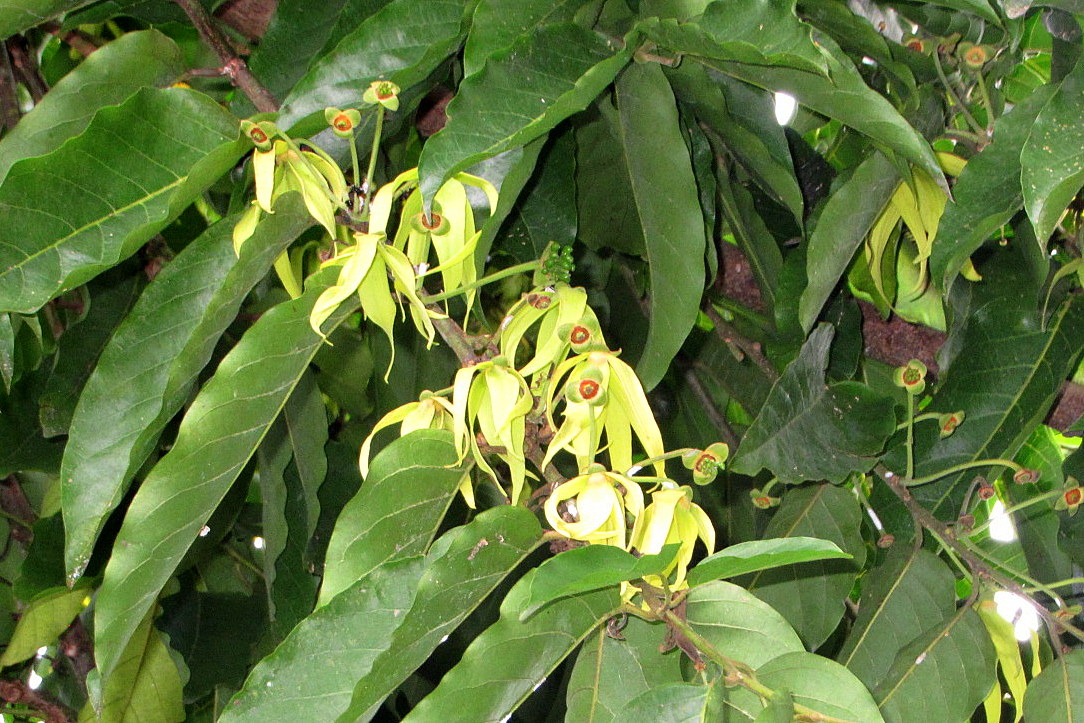 ( Cananga odorata )
A fast growing tropical tree, it's fragrant flowers are used to make perfumes such as Chanel #5. The fragrant flowers will perfume a large area around the plant. Will flower in a container.
( Cananga odorata )
A fast growing tropical tree, it's fragrant flowers are used to make perfumes such as Chanel #5. The fragrant flowers will perfume a large area around the plant. Will flower in a container.
RLP115 Pink Shower Tree
Cassia Grandis is a shapely, lovely small, medium to large canopy tree. The size will depend on where and how you cultivate it. With blooms of pink and white that will completely cover the tree when in bloom. In zones 10 and up, where it is hardy, the tree often explodes into flower after the first rains of spring arrive. It can reach 50 feet tall and is a medium to fast growing tree.
Rose Shower Tree
A beautiful shower tree with multi-colored blooms of white and pink. A much rarer species than the more common coral, pink, golden and rainbow showers, this species bears the same types of spectacular flowers. May bloom for many months in the right climate. #1052
Trees
Neem
A fast-growing tree to about 40-50ft, but occasionally up to 80ft. It is generally an evergreen, but in extreme droughts or stress, may shed its leaves.
Historically one of the most important tropical trees, the Neem tree retains countless edible and medicinal uses today. All parts of the tree are used for a number of health benefits, as an important insecticidal, and in numerous soaps and cosmetics. The young shoots can be eaten. Trees can be grown in sun and part-shade. Seeds are difficult to germinate. #982
D4509 Weeping Ficus
One of the most recognizable house plants grown today. Very economical and easy to grow from seed and easy to care for. A fast growing plant that can become a centerpiece.
D5147 Schefflera ( Octopus Plant, Umbrella Plant )
One of the most common shrubs used for house plants because of its easy to care for habits, very tolerant to low light, dry spells and overwatering. We offer a compact variety, not as prone to spreading.
Fruit
Noni
White, knobby fruit growing on a small, tropical, shrubby tree. The fruits are extensively used for their medicinal and health benefiting properties. Can be container grown. Fruits ripen to white, and have very soft, foul smelling flesh. In recent years they have become a popular ingredient in several health and nutritional products.
A small shrub or tree, usually only to 10-20ft high. The trees are quite attractive, having large, glossy green leaves. Fruiting may occur at any time of the year and it is common for single trees to have flowers and fruit at various stages of ripening all at once. It is an excellent plant for seaside areas as it will stand sandy soil and salt spray. #196
Germination Info
Noni seeds can be some of the slowest and most difficult tropical fruit seeds to germinate. Noni seeds naturally have a semi-hollow seed cavity along with the embryo. Because the cavity is hollow, the seeds float in water and in their natural habitat will drift in bodies of water for several weeks. Germination time averages 3-12 months, but some techniques can be used to speed that up.
Optional: Scarification. Very carefully clip the end of the seed (the flat area, opposite from the bulbous embryo cavity) about 1/16”. Use a fingernail clipper but take care as cutting into the embryo will kill the seed and it will not germinate. Cutting a small hole in the tip will help water penetrate the hard seed coat and aid in speeding germination. Preparation for planting: Once clipped (or not clipped), soak seeds in room temperature sterile water for 24-48 hours. The seeds will float, so it can be a challenge to keep them submerged.
Planting: Clean seeds with fresh water and plant up to 1/2“ deep in a loose, sterile soil potting mix or Vermiculite. Seeds should be watered so as to not let soil dry out. Keep the soil temperature above 75F, but preferably 85-95F. Soil should not be allowed to cool more than 10 degrees at night as warm soil temperatures are essential for germination. Scarified seeds need from 6-12 weeks for germination. Non-treated seeds will need up to 12 months for germination.
Strawberry Papaya
Red-orange fleshed papaya with juicy, sweet flavor. Similar in outward appearance to the Solo variety, but the flesh is a deeper red. Easily grown herbaceous tree to 10-12ft. Very fast-growing, can produce fruit from seed in just 9 months. Hardy to 32F or a bit lower, generally likes warm weather for optimal growth. From Hawaii. #948
Purple Passion Fruit
The passion fruit of commerce. Produces a 2-4” purple fruit with wonderful tasting bright orange pulp. Fruit can be eaten fresh or used to flavor drinks, ice cream, sauces, etc. Fast-growing vine, can fruit after one year. #111
It is recommended to pretreat Passiflora seeds before planting. They contain a hard seed coat and are very slow to sprout. There are various pretreatment methods, but the simplest is to soak the seeds for 24-48 hours in warm to the touch water, just prior to planting. Optionally, seeds can be lightly scarified with sand paper to provide some permeation on the seed coat.
Once pretreated, plant seeds 1/2-1“ deep in moist, sterile soil. Keep soil temperature consistent at 70-85F, with some day/variation in this range. Cool soils will significantly delay seed germination time if not inhibit germination altogether. Standard room temperature can be too cool for proper germination.
Estimated germination time under optimal conditions: 6 weeks to 6 months.
Page Tools
Copyright © Alan Shea, 2011-2026
